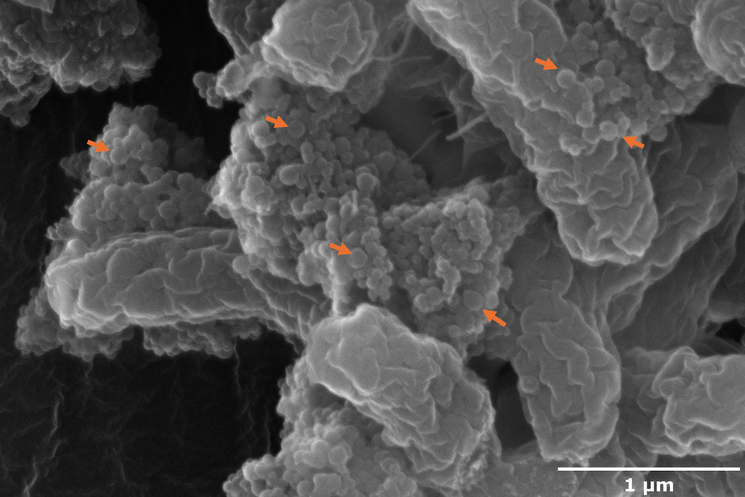2025-05-19 オックスフォード大学

Chimpanzees grooming. Credit: Elodie Freymann
<関連情報>
- https://www.ox.ac.uk/news/2025-05-19-oxford-team-catalogues-chimpanzee-forest-first-aid
- https://www.frontiersin.org/journals/ecology-and-evolution/articles/10.3389/fevo.2025.1540922/full
ブドンゴのチンパンジーにおける自己主導的かつ向社会的な傷の手当て、罠の除去、衛生行動
Self-directed and prosocial wound care, snare removal, and hygiene behaviors amongst the Budongo chimpanzees
Elodie Freymann,Catherine Hobaiter,Michael Alan Huffman,Harmonie Klein,Geresomu Muhumuza,Vernon Reynolds,,Nora E. Slania,Adrian Soldati,Eguma Robert Yikii,Klaus Zuberbühler,Susana Carvalho
Frontiers in Ecology and Evolution Published:14 May 2025
DOI:https://doi.org/10.3389/fevo.2025.1540922
Understanding the cognitive and social foundations of healthcare behaviors in humans requires examining their evolutionary precursors in our closest living relatives. Investigating self-directed and other-directed healthcare in chimpanzees provides crucial insights into the origins of medicinal knowledge, identification of specific medicinal resources used for health maintenance, and the emergence of prosocial healthcare capacities. Here we document and analyze both previously reported and newly observed instances of self-directed and other-directed wound care, snare removal, and putatively medicinal hygiene behaviors in the Sonso and Waibira chimpanzee communities of the Budongo Forest in Uganda. Reports of these behaviors come from archival records collected from over thirty years of observation at the Budongo Conservation Field Station (BCFS), videos recorded by researchers at the site, and all-occurrence behavioral data collected over two 4-month periods of direct observation. We describe self-directed wound care behaviors such as wound licking, leaf-dabbing, pressing fingers to wounds, and the application of chewed plant material to wounds, as well as a successful self-directed snare removal. We also document self-directed hygiene behaviors including postcoital genital leaf wiping and post-defecation leaf wiping. For the first time in Budongo, we report the presence of prosocial wound care, adding to similar observations documented at other chimpanzee field sites. We present cases of individuals licking, finger pressing, and applying chewed plant material to the wounds of others. We also establish the presence of prosocial postcoital hygiene behaviors, specifically postcoital leaf wiping. Lastly, we report an additional unpublished case of prosocial snare removal. The presence of prosocial-care behaviors between both kin and non-kin individuals at Budongo adds another site to the growing list of locations where such behaviors have been documented, suggesting prosocial healthcare is more widespread across chimpanzee populations than previously recognized.


